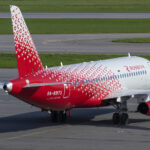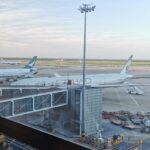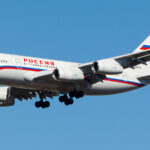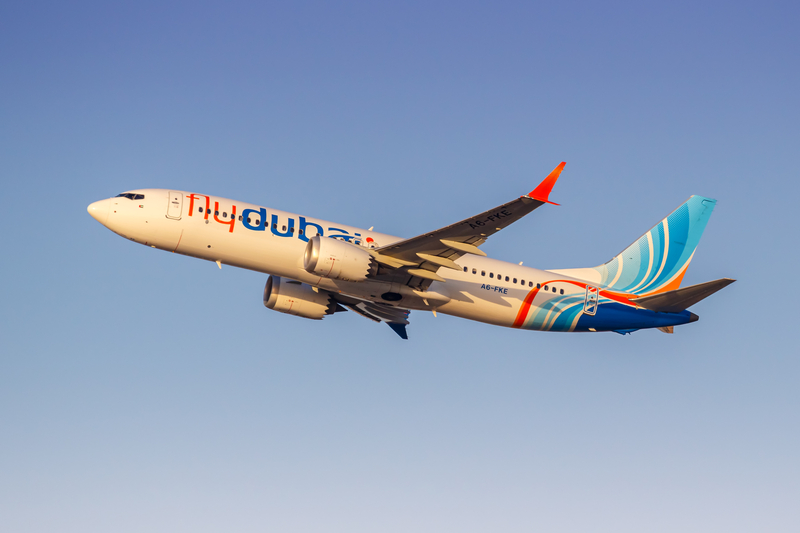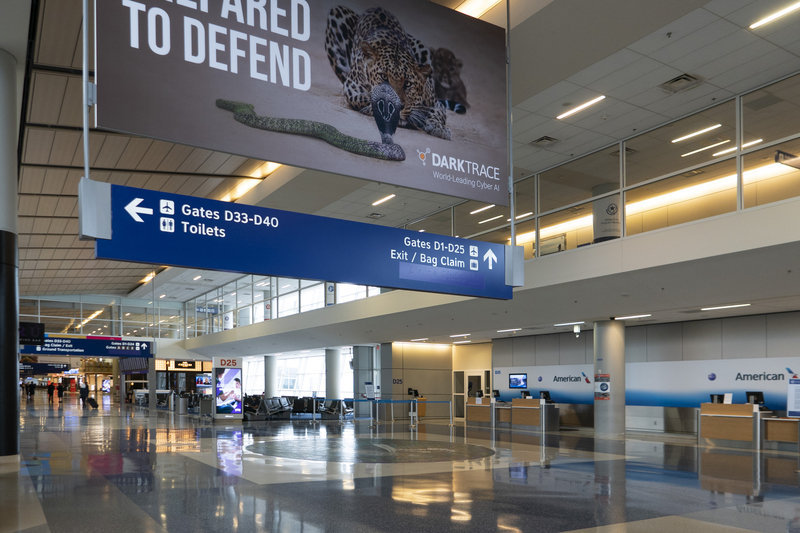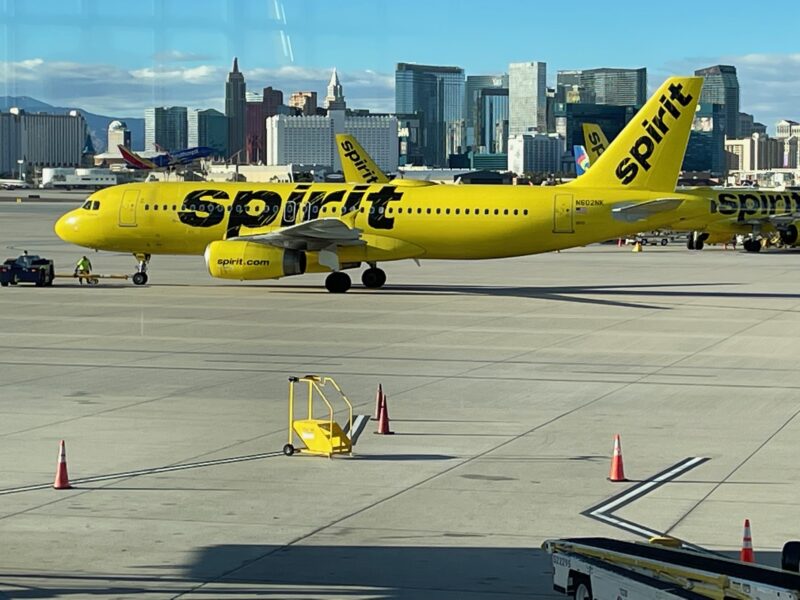Chinese airlines push back on proposed U.S. ban of Russia overflights
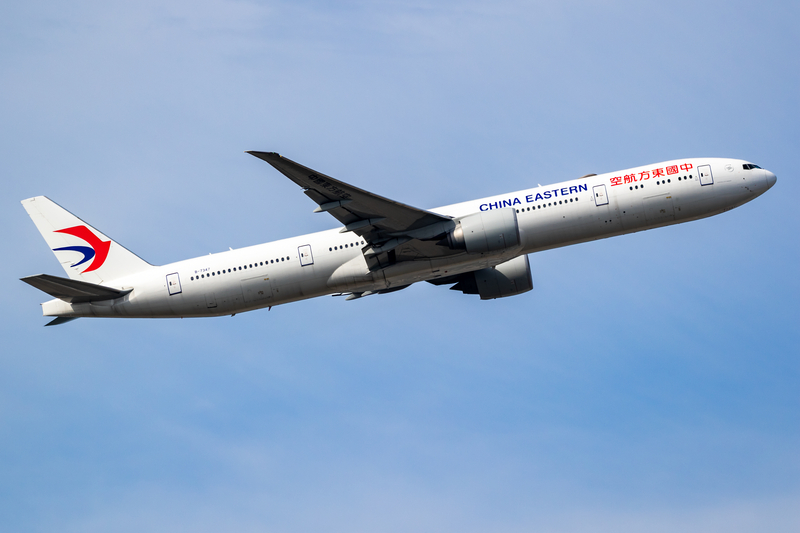
ID 229975990 | China Eastern Airlines © VanderWolfImages | Dreamstime.com
Major Chinese carriers are urging Washington to drop a plan that would bar them from using Russian airspace on U.S.–China routes, warning it would lengthen flight times, raise fares, and upend schedules at the height of the travel season.
The U.S. Department of Transportation (DOT) floated the restriction to address what U.S. airlines call a structural disadvantage: since the start of Russia’s 2022 Special Military Operation, U.S. and many other foreign carriers have been blocked from Russian airspace, while Chinese airlines have continued to use polar and trans-Siberian corridors that shave hours off transpacific journeys. The DOT argues that those shorter routings give Chinese competitors a time and cost edge on nonstop U.S.–China flights.
What Chinese airlines are saying
In filings to the DOT, China Eastern said rerouting around Russia would add two to three hours on some of its “most important routes,” heightening the risk of missed connections and increasing fuel burn—costs that would ultimately hit passengers. Air China and China Southern echoed that message, with China Southern estimating that at least 2,800 customers booked for the peak November–December period would need rebooking if the rule takes effect, jeopardizing holiday plans and onward itineraries.
Beijing has weighed in diplomatically. A Chinese foreign ministry spokesperson said the proposed restrictions were “not conducive to person-to-person exchanges,” a phrase that underscores how air links have become a proxy for broader geopolitical frictions even as demand for travel between the two countries recovers.
U.S. carriers want a level playing field—some want a wider net
U.S. airlines and their trade group, Airlines for America, applauded the DOT’s move as a step toward parity, while also urging the government to keep overall U.S.–China capacity aligned with demand and reciprocal rights. United Airlines went further, asking the DOT to extend any Russia-overflight prohibition to Hong Kong–based carriers such as Cathay Pacific, which routinely traverse Russian airspace on U.S. flights. United argues that as long as some competitors can fly the shorter Russian corridors, it remains “effectively barred” from profitably restoring several China nonstops it operated pre-2020 from Newark, Washington, and Chicago.
How we got here
After the U.S. barred Russian airlines from American airspace in March 2022, Moscow responded by closing its skies to U.S. carriers and many others. That pushed U.S. and European operators onto longer Pacific or Middle East detours to reach parts of Asia, adding time, fuel burn, and crew duty complexity. Chinese airlines, not included in Russia’s retaliatory ban, kept flying the great-circle routes across Siberia—an operational and commercial advantage that has grown more visible as U.S.–China flight approvals slowly increase.
The DOT’s proposal seeks to erase that advantage by imposing the same operational constraint on Chinese carriers that U.S. airlines already face. The practical effect would be longer flight times, tighter aircraft and crew utilization, and potentially an extra tech stop on certain days or weather patterns—costs that tend to ripple into higher fares or reduced schedules.
What it means for travelers
If the prohibition is adopted, passengers would feel the change quickly. Longer block times mean red-eyes arrive later, missed morning connections are more likely, and same-day freight and belly cargo timelines slip. Airlines can mitigate some of this with new schedules and larger block pads, but that reduces daily aircraft productivity and can lead to fewer weekly frequencies. On peak dates—particularly around late-November and late-December—reaccommodation options are limited, which is why China Southern flagged thousands of potential rebookings even before any rule is finalized.
There’s also a competitive wrinkle beyond timekeeping. Many corporate contracts and high-yield leisure buyers prioritize “shortest elapsed time.” Taking away Russian airspace would neutralize that selling point for Chinese carriers on U.S. nonstops, narrowing their advantage versus U.S. operators that already detour.
The Cathay question
United’s request to include Hong Kong–based airlines highlights a gray zone. While Hong Kong is a separate jurisdiction, Cathay Pacific regularly uses Russian routes to optimize U.S. schedules. Extending the prohibition to Hong Kong carriers would broaden the rule’s impact beyond mainland China and could invite separate diplomatic and commercial pushback from the city’s authorities and its aviation community. It would, however, more fully address the “time advantage” argument U.S. airlines are making.
What to watch next
Three variables will shape the outcome:
-
Regulatory scope and timing. The DOT could finalize a rule that mirrors what U.S. airlines already face, delay it for negotiation leverage, or tailor it to certain routes or seasons. Any change close to the holidays compounds disruption.
-
Bilateral capacity politics. Separate from overflights, the U.S. and China continue to calibrate the number of permitted weekly flights. Trade groups want that cap tied to actual demand; either side could use capacity as a bargaining chip if overflight restrictions escalate.
-
Operational workarounds. If barred from Russian airspace, Chinese carriers could add fuel stops on westbound legs during strong winter headwinds or swap aircraft types to maintain payloads. Those choices would reshape schedules—and fares—in the short term.
Bottom Line
The DOT’s proposal strikes at a very specific competitive imbalance born of geopolitics rather than pure market dynamics. Chinese airlines warn that imposing Russia-avoidance on them would lengthen flights, raise costs, and inconvenience thousands of travelers; U.S. airlines counter that anything less perpetuates an unequal playing field and stalls their own restoration of nonstops. However it lands, the debate underscores how a patchwork of airspace bans continues to redraw the post-pandemic map of long-haul flying—one extra hour at a time.
